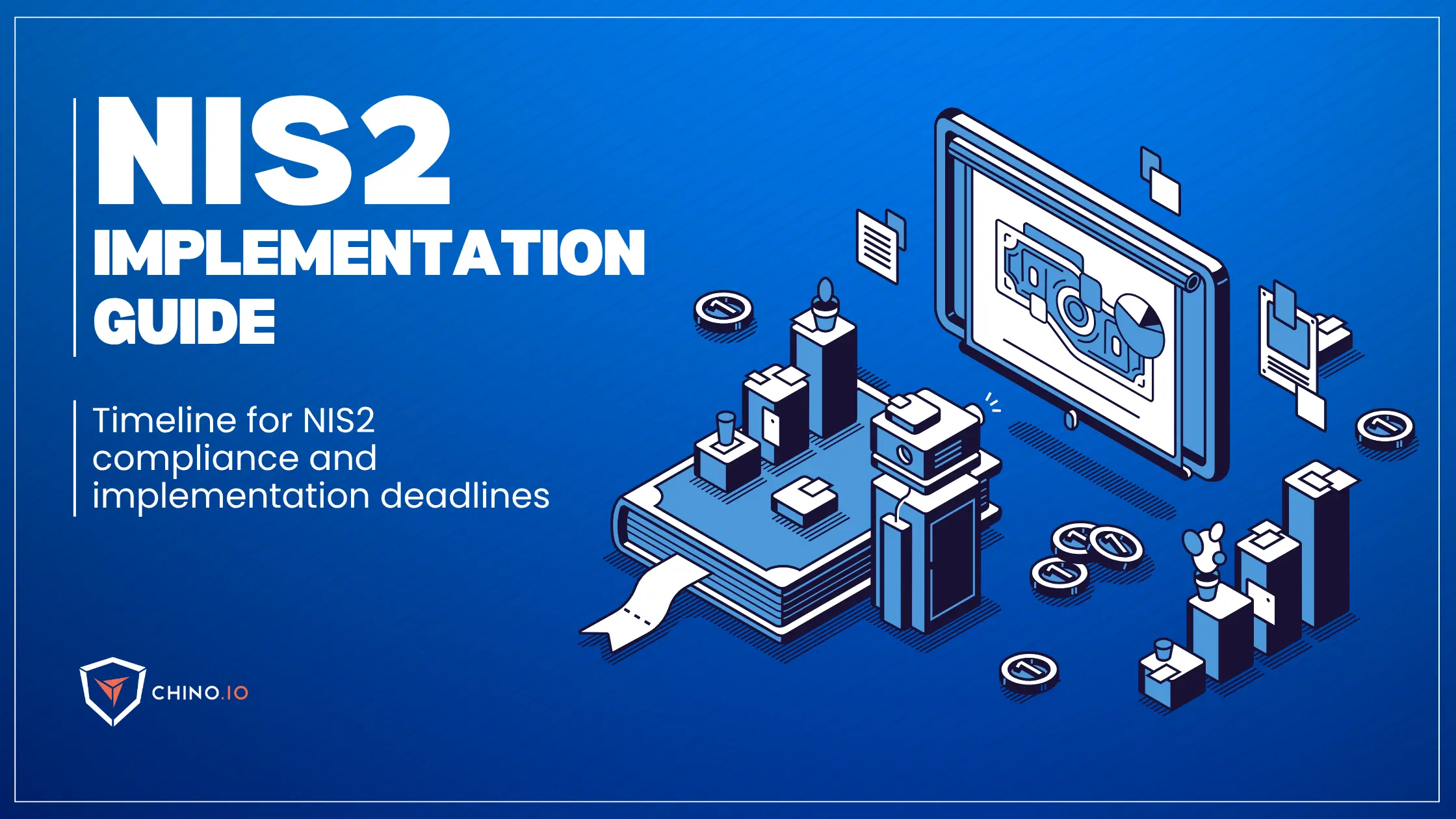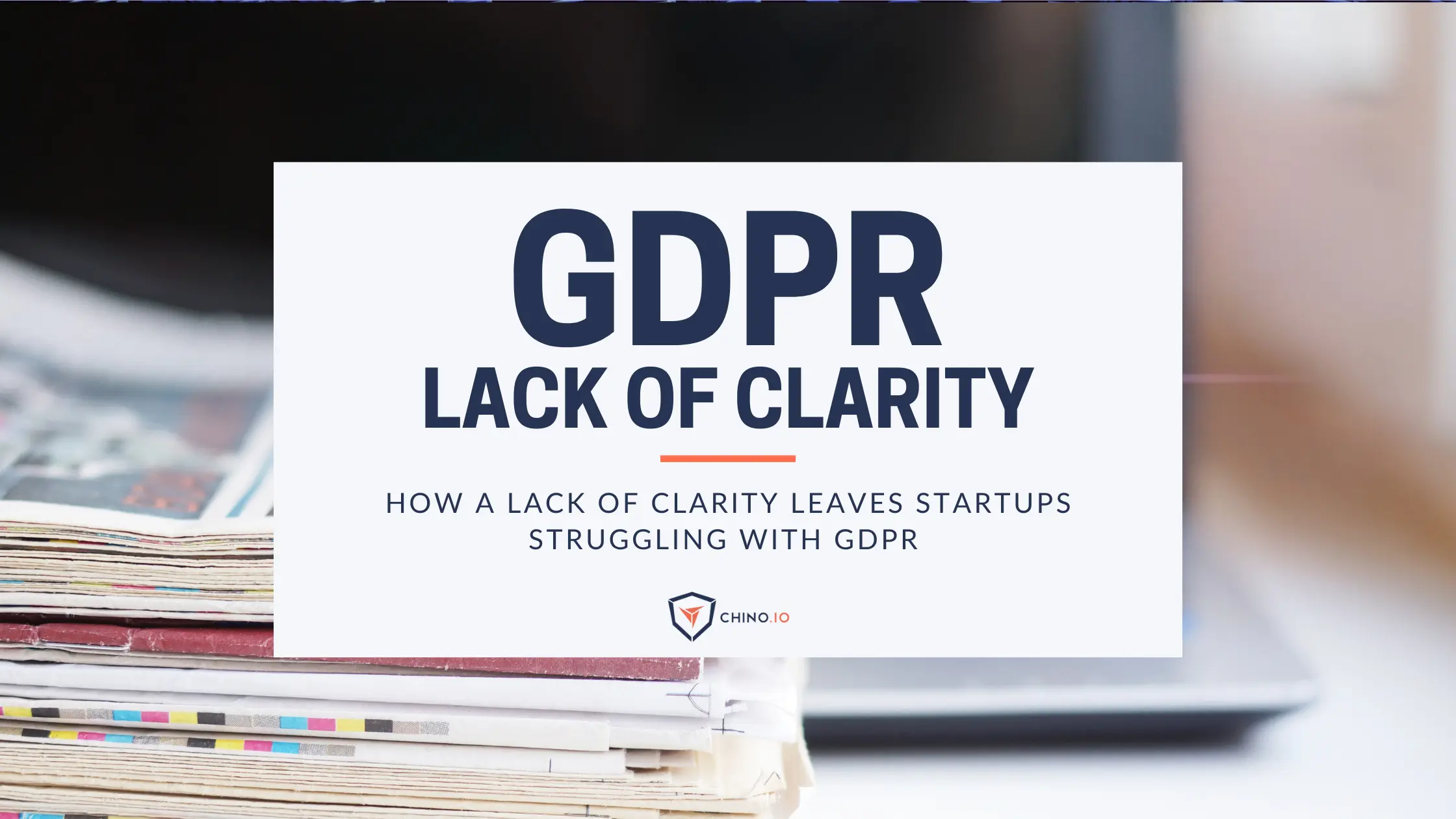Timeline for NIS2 compliance and implementation deadlines
Staying ahead of the NIS2 compliance timeline is business-critical for digital health, SaaS, and tech innovators handling sensitive data. The phased deadlines, national differences, and steep penalties mean that proactive, structured action is the safest route to avoid costly setbacks and safeguard your reputation.

Key Takeaways
Staying ahead of the NIS2 compliance timeline is business-critical for digital health, SaaS, and tech innovators handling sensitive data. The phased deadlines, national differences, and steep penalties mean that proactive, structured action is the safest route to avoid costly setbacks and safeguard your reputation.
- NIS2 implementation is a multi-stage process, with key deadlines—October 17, 2024 for national laws, October 18, 2024 for enforcement, and full audits starting in early 2025.
- Penalties are severe for missed deadlines, reaching up to €10 million or 2% of turnover for "essential" entities, and carry risks like public breach reporting and executive liability.
- Each country sets its own timetable, so track transposition progress in all jurisdictions where you operate and adapt if national laws lag or accelerate.
- Immediate priority actions include risk assessments, governance updates, and tested incident response plans—don’t wait for local laws to be finalized before acting.
- Cross-border businesses need a universal compliance strategy, aligning internal policies to the strictest national standard and designating local compliance leads.
- Ongoing vigilance is crucial: Schedule quarterly compliance reviews, assign monitoring roles, and subscribe to regulatory alerts to stay ahead of changes.
- Partnering with compliance experts offers tailored guidance, reducing your risk of oversight and supporting rapid responses to evolving regulations.
Read the full guide for practical checklists and expert strategies.
Introduction
Imagine facing a deadline where missing the mark could mean a €10 million penalty—or public scrutiny of your security failures hits headlines overnight. That’s not a doomsday scenario, it’s the new normal for organizations under the NIS2 Directive taking effect across Europe.
If you’re leading a digital health startup, SaaS platform, or MedTech operation handling sensitive data, you’re probably asking: Which deadlines actually matter—and how do I keep my team ahead of them when national rules are still in flux?
Here’s the challenge: NIS2 isn’t just one date on the calendar.
It’s a phased schedule spanning EU-level law, individual country requirements, and a final rush to operational readiness—all with big differences depending on where you do business.
Understanding this rapidly evolving landscape isn’t optional—it’s essential.
Why?
Because getting the NIS2 timeline right means you’ll:
- Protect your business from severe fines and avoid public compliance failures
- Build trust with partners, investors, and regulators—before audits start in 2025
- Empower your leadership and IT teams with practical actions, not legal guesswork
We’ve broken down what matters most (and what doesn’t) for digital health innovators and SaaS leaders:
- Key EU and national legal milestones you can’t afford to miss
- How phased transposition impacts deadlines across different countries
- Concrete, proactive steps to shield your business—no matter your size or resource level
- What enforcement and audits will look like as 2024 ends and 2025 begins
Clarity is power when timelines move fast and rules shift. You’ll gain the insights, practical guidance, and up-to-the-minute deadlines your team needs to stay ready and resilient.
Here’s exactly how the NIS2 compliance timeline unfolds—and why tracking each step is your best safeguard as the enforcement clock ticks down.
June update: If you want to read more about the NIS2 Directive, make sure to read our blog post!
Understanding the NIS2 timeline
Navigating the NIS2 Directive timeline is critical for any digital health or tech company handling sensitive data. Think of it like getting ready for a new safety law in your city—only this one sets the standard across the whole EU, with each country adapting it to local rules.
EU laws don’t instantly apply to everyone. Instead, NIS2 kicks off at the EU level and then each member state must create national law to “transpose” the directive. That means companies need to keep one eye on Brussels and one on their own government—especially if they operate across borders.
Key milestones and legal deadlines
Here's a quick breakdown of the major dates you need to know:
- 16 January 2023: NIS2 enters into force as EU law.
- 17 October 2024: Deadline for countries to pass local laws aligning with NIS2.
- 18 October 2024: National rules come into effect—organizations could be held accountable.
- End of 2024: Practical “finish line” for implementing core compliance measures.
- January–March 2025: Full enforcement hits—time to expect audits, reporting, and possible penalties.
A phased approach gives organizations time to adapt—no need to rip and replace everything overnight.
Picture this: a SaaS health app in Italy might already be deep into compliance, while a MedTech scale-up in Spain could be stuck waiting for local guidance as deadlines approach.
National transposition and its impact on deadlines
Not all countries move at the same speed. Some might delay national implementation, especially if their legislative calendars are full. For digital health firms operating in Germany, France, and beyond, this means tracking transposition progress closely.
- Proactive countries: May set stricter or earlier enforcement; early movers must accelerate preparations.
- Lagging countries: Could delay enforcement, but cross-border operators can’t afford to wait—regulators expect “best effort” compliance.
Monitor official announcements, industry advisories, and regulator updates to adjust internal timelines as your countries of operation finalize their rules.
What’s required at each stage
You’ll need to:
- Conduct risk assessments before key deadlines.
- Update or implement cybersecurity governance frameworks.
- Build and test incident response plans.
- For “essential” vs. “important” entities, requirements may differ on depth and documentation.
Assign clear roles—who owns executive decisions? Who manages day-to-day controls?
If you’re in multiple EU countries, set up an internal dashboard tracking each nation’s compliance progress—don’t wait until January 2025 to scramble.
What to expect in 2025
By early 2025, picture regulators conducting spot-checks, reviewing documentation, and assessing security readiness. Audits, fines up to €10 million or 2% of turnover, and ongoing reporting will become routine.
If a country lags, authorities may offer “grace periods,” but don’t count on long delays.
To stay safe:
- Schedule regular compliance checks into 2025 and beyond.
- Assign someone to monitor legal updates for your operating countries.
- View proactive compliance as protection—both for your business and your users.
To sum up, NIS2 isn’t a moving target—it’s a rapidly approaching deadline. Prioritize risk assessments and governance now, and monitor your countries’ progress so your business doesn’t get caught flat-footed as enforcement ramps up in 2025.
Penalties and consequences of missing deadlines
Missing NIS2 deadlines comes with severe, business-altering penalties—not just a slap on the wrist.
Fines reach up to €10 million or 2% of global turnover for essential entities. Important entities face up to €7 million or 1.4% of turnover. That’s the kind of risk that can shake even well-funded scale-ups.
“Late compliance isn’t an option; it’s a liability.”
Management liability, public scrutiny, and lost deals
It’s more than just fines.
By failing to comply, an organization could face:
- Personal liability for executives (think lawsuits, not just bad press)
- Mandatory public reporting of breaches—imagine your incident on the evening news
- Disqualification from government contracts and official tenders
- Audits from national regulators at short notice
Picture this: A digital health provider hits a supply chain breach. Their name is publicly listed, revenue drops, and trust craters overnight. It’s not just a headline—it’s months of firefighting.
What does this look like in practice?
- Loss of revenue: Fines plus contract cancellations can stunt growth for years
- Reputational damage: Trust evaporates when compliance failures become public
- Operational disruptions: Audits and investigations tie up teams, slowing product releases and distracting leadership
Proactive steps: mitigating risk if you miss the deadline
If you’re behind, urgency is your friend.
Take these actions immediately:
- Contact national authorities—clarify transitional rules or soft enforcement periods
- Document active efforts to close gaps: risk assessments, new controls, and cybersecurity policies
- Engage legal experts or compliance partners to negotiate timelines or seek tailored advice
- Communicate transparently with clients and partners to retain trust during uncertainty
Remember, NIS2 penalties aren’t just about the numbers—they're about your brand’s future and ongoing business viability. Taking visible, prompt action can mean the difference between a setback and a spiraling crisis.
Immediate actions and ongoing strategies
Getting ahead of the NIS2 Directive isn’t just smart—it’s crucial. If you operate in digital health, SaaS, or tech and touch sensitive data, compliance work starts now, even as national laws catch up. Waiting risks disruptive audits or fines that can reach €10 million or 2% of global turnover.
Your Actionable NIS2 Readiness Checklist
Picture this: It’s October 2024, your team’s prepared, and your peers are scrambling. Here’s how to get there, starting today:
- Conduct a current-state risk assessment: Identify critical assets, supply chain dependencies, and NIS2’s impact on your operation.
- Update or create governance structures: Draft new policies for incident handling, supply chain risk, and senior management accountability.
- Enhance incident response plans: Simulate real-world breaches and document processes for notifying national authorities quickly (think: within 24 hours).
Quote it: “Teams that prioritize governance and fast incident reporting now will handle audits in 2025 with confidence.”
Long-term strategies and proactive monitoring
It pays to stay ready. Ensure your compliance doesn’t stall after initial deadlines by:
- Setting quarterly reviews to assess evolving rules and threat trends.
- Investing in advisory partners for targeted, up-to-date legal guidance.
- Subscribing to regulatory alerts so you’re notified of each change, not caught off guard.
For resource depth, see our detailed guides on risk management, privacy frameworks, and data security best practices.
When it comes to NIS2, “preparation is the ultimate competitive advantage.” Prioritize these steps, and you’ll be protecting sensitive data—and your business reputation—well before enforcement is fully in force.
Conclusion
Ensuring NIS2 compliance is about more than just meeting deadlines—it's your opportunity to strengthen security, build trust with partners, and safeguard your business’s future in a fast-changing regulatory environment.
Each step you take now lays the groundwork for easier audits, faster incident response, and long-term resilience. Proactive preparation transforms compliance from a challenge into a competitive edge.
Key Takeaways to Drive Your NIS2 Readiness:
- Map your compliance gaps now—don’t wait for national deadlines to catch up.
- Prioritize risk assessments and governance updates to show meaningful progress.
- Appoint dedicated leads for monitoring both EU and local regulatory changes.
- Simulate incidents and streamline reporting processes for rapid response.
- Document every step—demonstrated effort matters if regulators come calling.
Immediate next steps:
- Schedule a compliance audit this quarter—identify and address your biggest risks.
- Set up automated alerts for regulatory updates in all your active jurisdictions.
Need help figuring it out? We’re here to help! 🙋
Chino.io is the one-stop shop for solving all privacy and security compliance aspects.
As a partner of our clients, we combine regulatory and technical expertise with a modular IT platform that allows digital applications to eliminate compliance risks and save costs and time.
Chino.io makes compliant-by-design innovation happen faster, combining legal know-how and data security technology for innovators.
To learn more, book a call with our experts.
Streamline Your Compliance With Chino.io Today
Discover our
Templates
Read our Latest Industry Insights
Discover insights from our expert writers.




